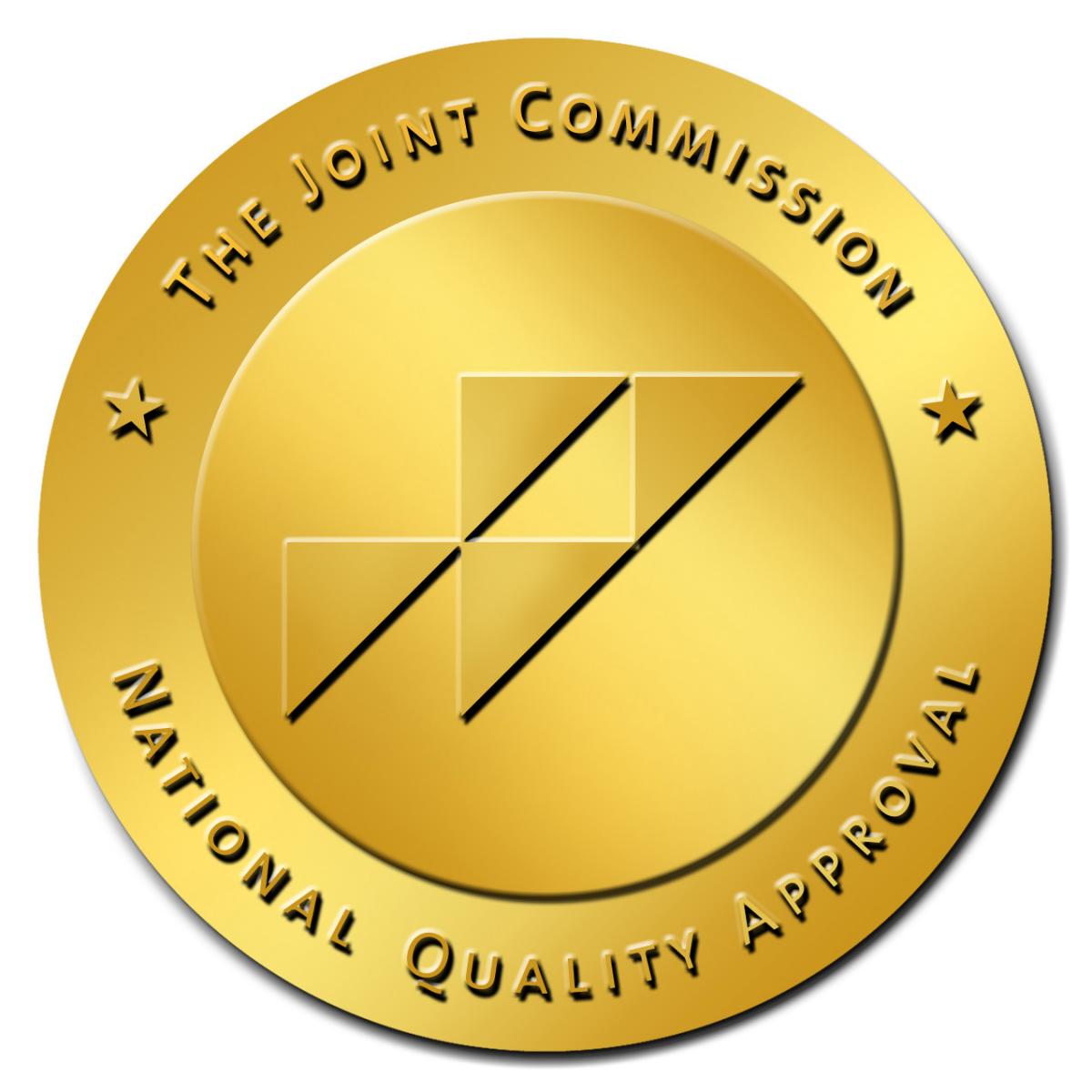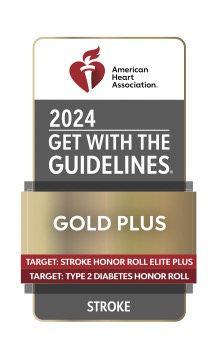Stroke — When Minutes Matter
If you or someone around you experiences the signs of possible stroke, don't delay. Call 9-1-1 and go to the nearest hospital as quickly as possible.
Stroke is a medical emergency that affects the brain. It is the fifth leading cause of death in the United States, according to the Centers for Disease Control and Prevention. Healthcare professionals know that "time lost is brain lost," so it is critical to obtain medical care as soon as the signs of a stroke become apparent.
Quiz: How Much Do You Know About Strokes?
Test your knowledge about strokes, including risk factors, symptoms and statistics.
In the emergency department at Northern Nevada Medical Center, patients are assessed to determine if a stroke has occurred, and to help decide the best treatment options. The stroke response team may use TeleNeurology, an innovative system that allows neurologists to diagnose stroke and recommend treatment even when they are not at the hospital. Because TeleNeurology can immediately bring physicians to a patient's bedside, it can result in quicker diagnostic testing and treatment.
Stroke can often be treated to minimize the lasting effects by using a medication called tissue plasminogen activator (tPA) to help break blood clots. Intravenous tPA is recommended only if it can be administered within three hours of the onset of stroke warning signs, so if you see someone showing signs of a possible stroke it is important to note the time the signs first appeared.
National Recognition for Stroke Care
 Northern Nevada Medical Center has been certified as an Advanced Primary Stroke Center by The Joint Commission. The Joint Commission's Certificate of Distinction for Advanced Primary Stroke Centers recognizes centers that make exceptional efforts to foster better outcomes for stroke care.
Northern Nevada Medical Center has been certified as an Advanced Primary Stroke Center by The Joint Commission. The Joint Commission's Certificate of Distinction for Advanced Primary Stroke Centers recognizes centers that make exceptional efforts to foster better outcomes for stroke care.
 NNMC also received the 2024 Get With The Guidelines Stroke Gold Plus – Stroke Elite Plus Honor Roll and Get With The Guidelines Stroke Gold Plus – Target: Type 2 Diabetes Honor Roll awards. The Stroke Elite Plus Honor Roll was awarded for compliance of door-to-needle times within 45 minutes for at least 75% of applicable patients and door-to-needle times within 30 minutes for at least 50% of applicable patients. NNMC was awarded the Target: Type 2 Diabetes by demonstration of compliance for 24 consecutive months for required measures, including smoking cessation for patients with diabetes and intensive statin prescription at discharge for patients with diabetes.
NNMC also received the 2024 Get With The Guidelines Stroke Gold Plus – Stroke Elite Plus Honor Roll and Get With The Guidelines Stroke Gold Plus – Target: Type 2 Diabetes Honor Roll awards. The Stroke Elite Plus Honor Roll was awarded for compliance of door-to-needle times within 45 minutes for at least 75% of applicable patients and door-to-needle times within 30 minutes for at least 50% of applicable patients. NNMC was awarded the Target: Type 2 Diabetes by demonstration of compliance for 24 consecutive months for required measures, including smoking cessation for patients with diabetes and intensive statin prescription at discharge for patients with diabetes.
Stroke Recovery
Recovery from a stroke cannot be easily predicted and may be affected by a number of factors, including the rapidity of recovery after the symptoms began, the severity of the symptoms, the size of the stroke and the cause of the stroke. Only about 20 percent of stroke patients have a near to full recovery.
Long-term treatment and care for stroke patients may include medication, physical therapy, and changes in personal lifestyle (tobacco cessation, dietary changes, daily exercise, etc.). For most patients, this can be done through outpatient rehabilitation and coordinated care between neurologists and primary care physicians, but may require some time in a rehabilitation hospital. Caseworkers can help patients and families through this process, because it is often family support that keeps the recovery process on track after a patient returns home.
Warning Signs of Possible Stroke: B.E. F.A.S.T.
The initial signs of stroke may be difficult to recognize, but most commonly include the following by themselves or in combination:
Balance
- Loss of balance or coordination
- Dizziness
Eyes
- Vision changes
- Double vision
Face
- Facial droop / uneven smile
- Sudden severe headache with no known cause
- Sudden double vision or trouble with vision
Arm
- Arm (or leg) weakness or numbness
- Loss of balance or coordination,
- Sudden dizziness or trouble walking
Speech
- Slurred speech
- Trouble speaking or understanding
- Sudden confusion
Time
- CALL 9-1-1 immediately
